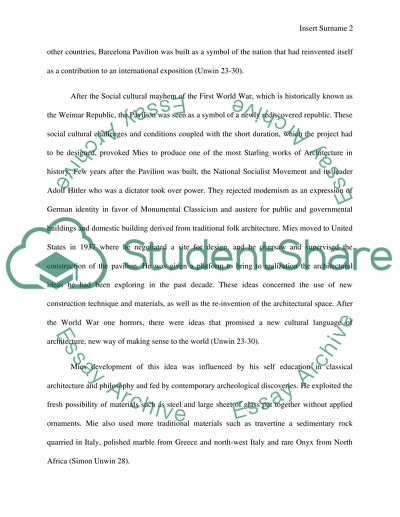Architectural and politics Essay Example | Topics and Well Written Essays - 750 words. Retrieved from https://studentshare.org/architecture/1475851-architectural-and-politics
Architectural and Politics Essay Example | Topics and Well Written Essays - 750 Words. https://studentshare.org/architecture/1475851-architectural-and-politics.


